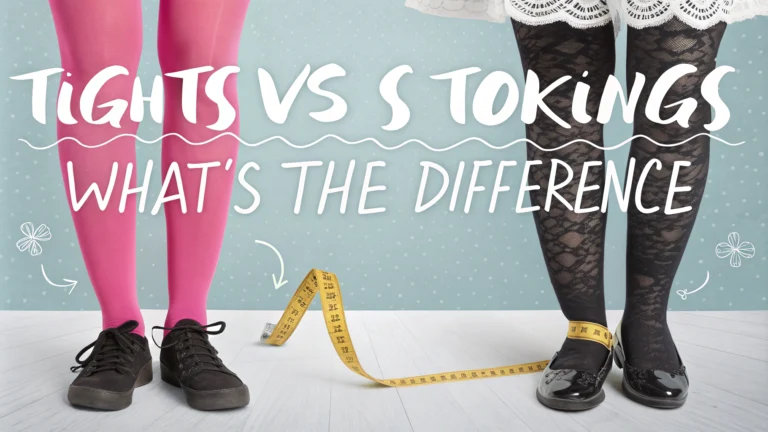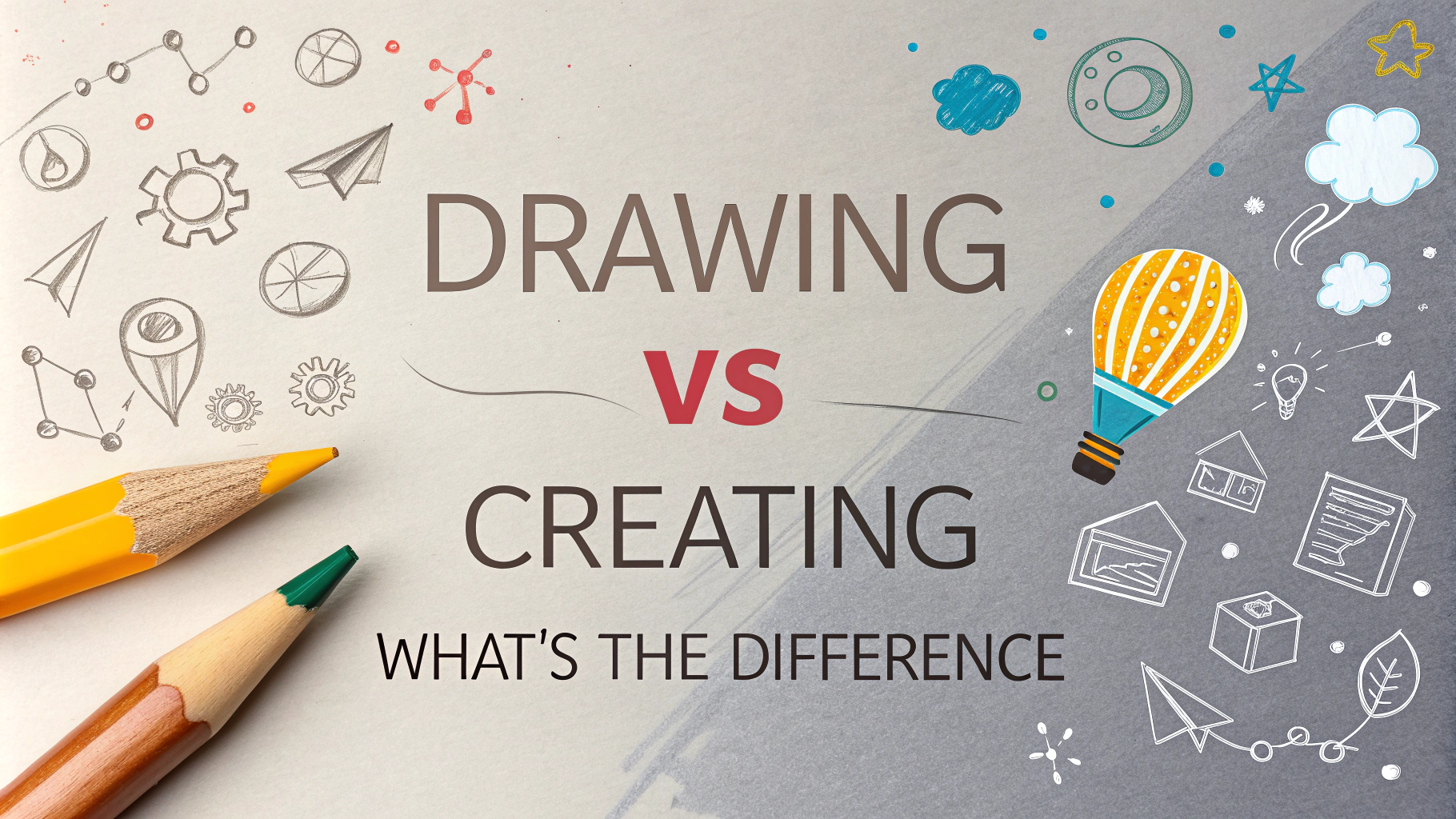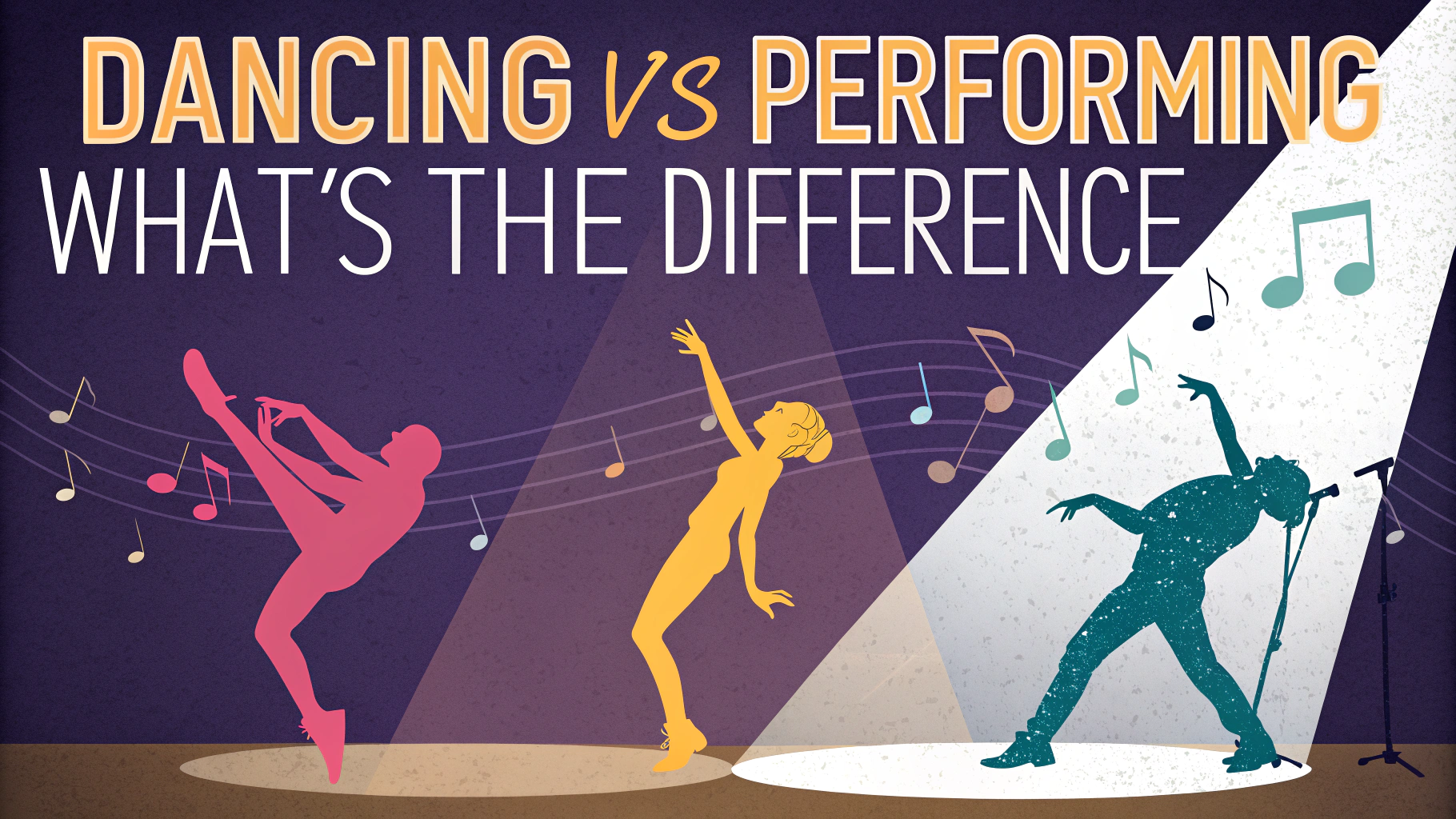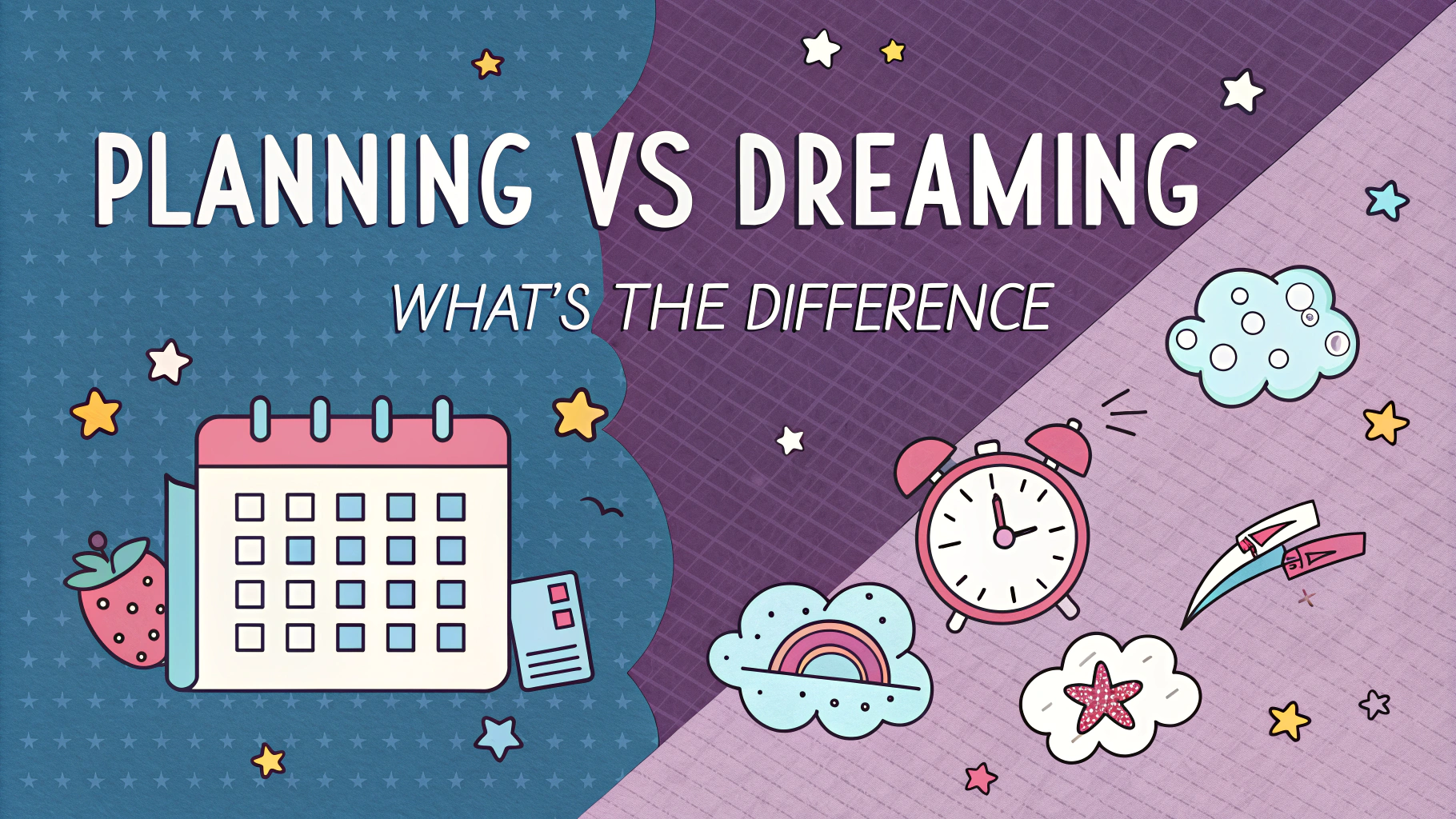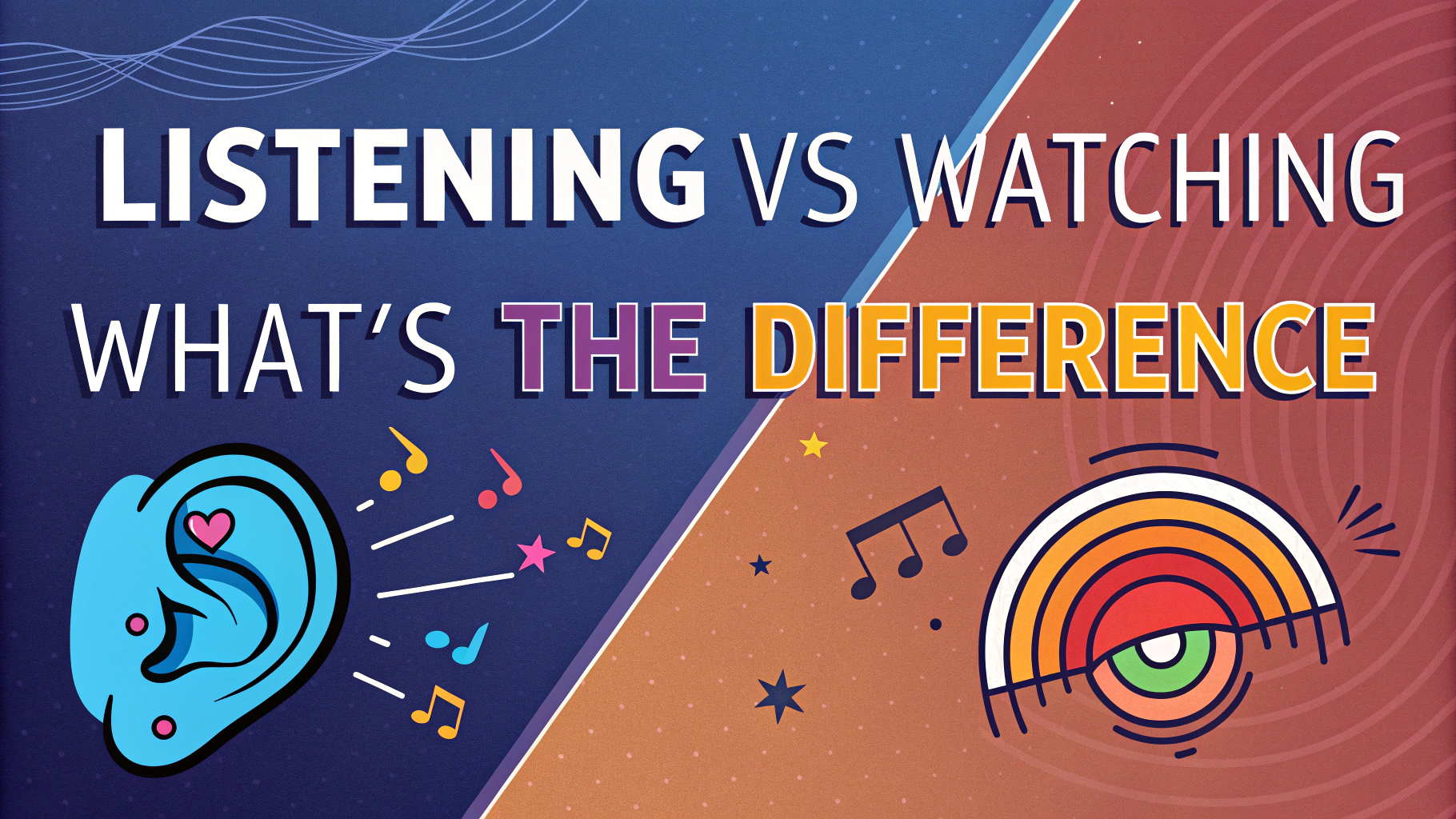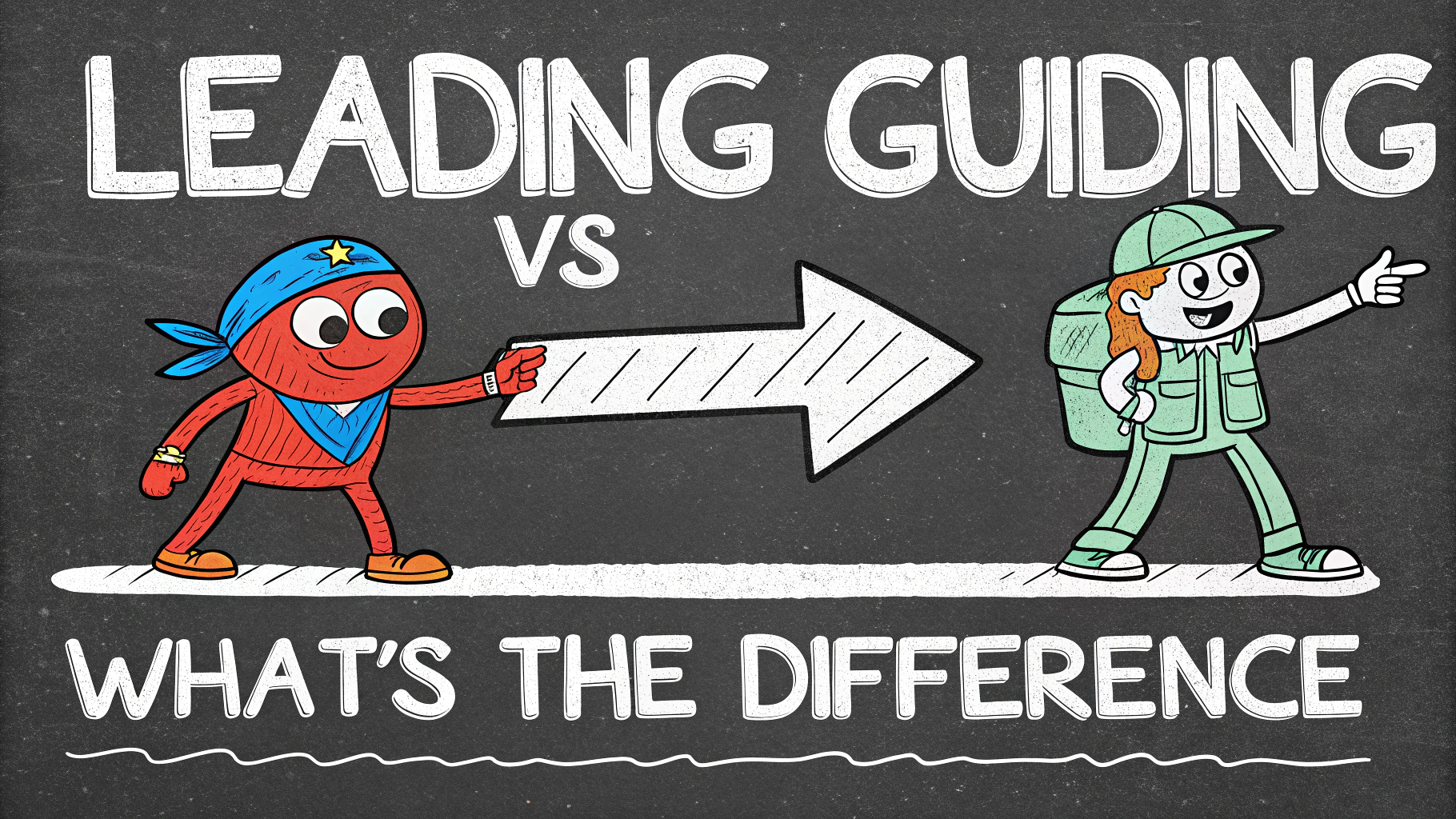Tights or stockings? This age-old fashion dilemma continues to perplex many. Both offer unique benefits and style options, but which one is right for you? This article breaks down the key differences, helping you make an informed choice for comfort, style, and practicality.
We’ll explore the pros and cons of each, discuss when to wear tights versus stockings, and provide tips for selecting the perfect pair. Whether you’re dressing for work, a night out, or everyday wear, understanding these legwear options will elevate your wardrobe game.
Understanding Tights: Full Coverage and Versatility
Tights cover the entire leg and foot in one seamless piece. They offer full coverage and come in various deniers (thickness) and styles.
Benefits of tights:
- Warmth and coverage
- Seamless look
- Wide range of colors and patterns
- Easy to wear
Drawbacks:
- Can be less breathable
- May cause discomfort around the waist
Exploring Stockings: Elegance and Sensuality
Stockings typically end mid-thigh and are held up by garters or a garter belt. They offer a more sophisticated and alluring look.
Advantages of stockings:
- More breathable
- Sexy and elegant appearance
- Comfortable for all-day wear
Disadvantages:
- Require garters or stay-ups
- Can be trickier to put on
- May not provide as much warmth
Occasion-Based Choices: When to Wear What
Choosing between tights and stockings often depends on the occasion and your outfit. Here’s a quick guide:
| Occasion | Recommended Choice |
|---|---|
| Office wear | Tights (opaque or sheer) |
| Formal events | Stockings or sheer tights |
| Casual outings | Tights (various styles) |
| Intimate settings | Stockings |
Selecting the Right Denier for Your Needs
Denier refers to the thickness of tights or stockings. Understanding denier helps you choose the right pair for different occasions and seasons.
- Ultra sheer (5-10 denier): Perfect for formal events or hot weather
- Sheer (15-30 denier): Ideal for office wear or everyday use
- Semi-opaque (40-70 denier): Great for cooler weather or casual outfits
- Opaque (70+ denier): Best for cold weather or creating bold looks
Consider the season, outfit, and occasion when selecting denier. Higher denier offers more coverage and warmth, while lower denier provides a more natural, bare-leg look.
Caring for Your Tights and Stockings
Proper care extends the life of your legwear and maintains its quality. Follow these tips:
- Hand wash in cool water with mild detergent
- Avoid wringing or twisting
- Air dry away from direct heat or sunlight
- Store in a drawer or hang to prevent snags
- Use clear nail polish to stop runs from spreading
Consider investing in a lingerie bag for machine washing delicate items. This extra step protects your tights and stockings from damage.
Styling Tips for Tights and Stockings
Elevate your outfits with these styling suggestions:
- Monochromatic look: Match tights color to your shoes for a leg-lengthening effect
- Pattern play: Pair patterned tights with solid-colored outfits for visual interest
- Layering: Wear sheer stockings under ripped jeans for a trendy look
- Texture mixing: Combine textured tights with smooth fabrics for contrast
Experiment with different colors and patterns to find styles that complement your wardrobe and personal taste.
Making the Final Decision: Tights or Stockings?
Your choice between tights and stockings depends on several factors:
| Factor | Tights | Stockings |
|---|---|---|
| Comfort | Full coverage, may feel restrictive | More breathable, less waist pressure |
| Ease of use | Simple to put on | Requires more effort, garters |
| Versatility | Suitable for various occasions | Often reserved for formal or intimate settings |
| Style | Wide range of options | Classic, elegant look |
Consider your lifestyle, comfort preferences, and fashion needs when making your decision. Many women keep both tights and stockings in their wardrobe for different occasions.
Key Takeaways:
- Tights offer full coverage and versatility
- Stockings provide elegance and breathability
- Choose based on occasion, comfort, and personal style
- Proper care extends the life of your legwear
- Experiment with styling to create diverse looks
By understanding the differences between tights and stockings, you can make informed choices that enhance your comfort and style. Whether you prefer the sleek coverage of tights or the allure of stockings, both options offer unique benefits to suit various needs and preferences.
FAQs: Tights vs. Stockings
1. What’s the main difference between tights and stockings?
The primary difference is coverage: tights cover the entire leg and feet, while stockings typically end at the thigh or mid-thigh.
2. Are tights or stockings better for warmth?
Tights generally provide more warmth due to full leg coverage. However, thick stockings paired with warm clothing can also be effective.
3. How do I choose between thigh-high stockings and pantyhose?
Consider factors like:
- Comfort preference
- Outfit compatibility
- Desired level of coverage
- Occasion formality
4. Can men wear tights or stockings?
Yes, men can wear both tights and stockings. They’re common in athletics, dance, and some fashion trends.
5. What are the best tights for running in cold weather?
Look for:
- Moisture-wicking materials
- Thermal or fleece-lined options
- Compression features
- Reflective elements for visibility
6. How do I prevent stockings from rolling down?
Try these methods:
- Use silicone bands or adhesive
- Opt for higher quality stockings
- Ensure correct sizing
- Wear a garter belt
7. What’s the difference between opaque and sheer tights?
Opaque tights are thicker and non-transparent, while sheer tights are thinner and partially see-through.
8. Are fishnet stockings appropriate for work?
Generally, fishnet stockings are considered too casual or provocative for most work environments. Opt for plain, neutral-colored hosiery for professional settings.
9. How do I care for silk stockings?
To care for silk stockings:
- Hand wash in cool water
- Use mild detergent
- Avoid wringing or twisting
- Air dry away from direct heat
10. What are the best tights for plus-size women?
Look for brands that offer:
- Wide size ranges
- High-waisted options
- Reinforced panels for durability
- Comfortable waistbands
11. Can wearing compression stockings help with varicose veins?
Yes, compression stockings can help manage varicose veins by improving blood circulation and reducing swelling in the legs.
12. What’s the difference between hold-ups and thigh-high stockings?
Hold-ups have silicone bands to keep them in place, while thigh-high stockings typically require a garter belt or other support.
13. Are there eco-friendly options for tights and stockings?
Yes, look for:
- Recycled materials
- Biodegradable options
- Sustainable production practices
- Brands with eco-friendly initiatives

